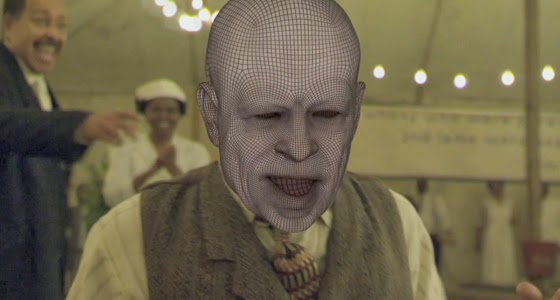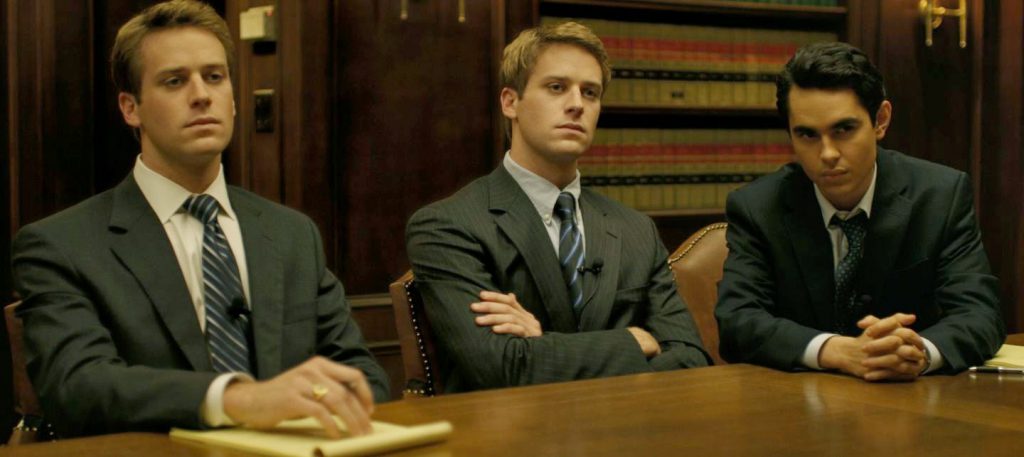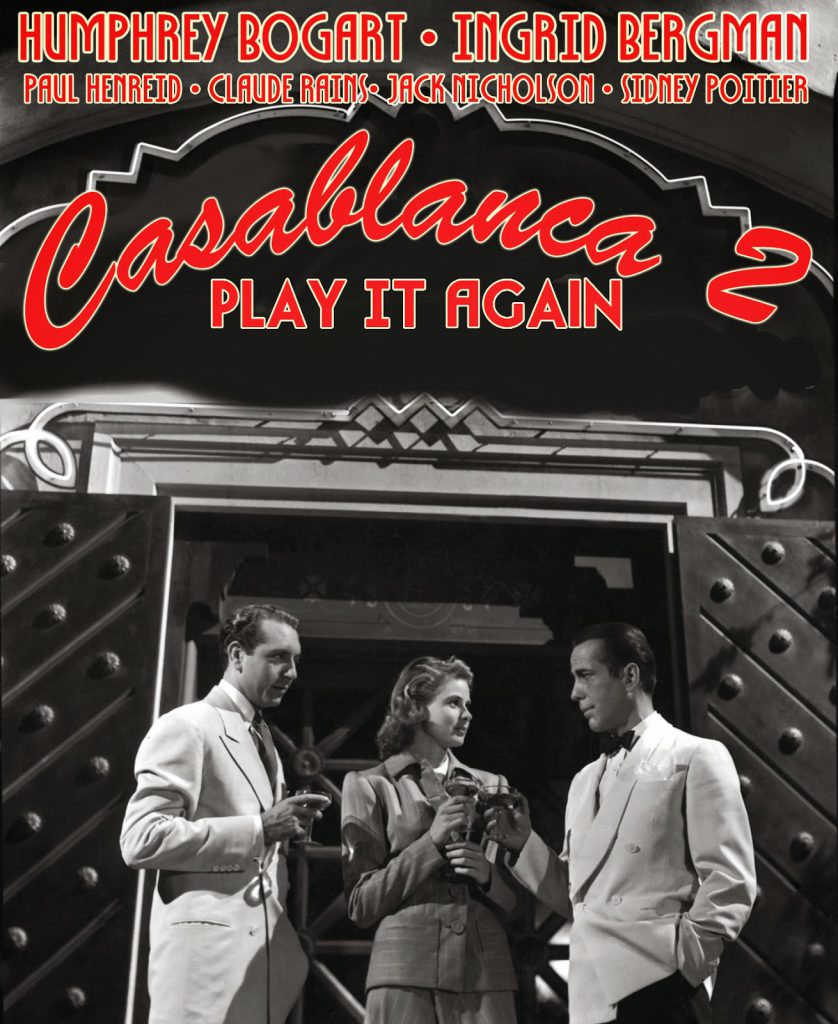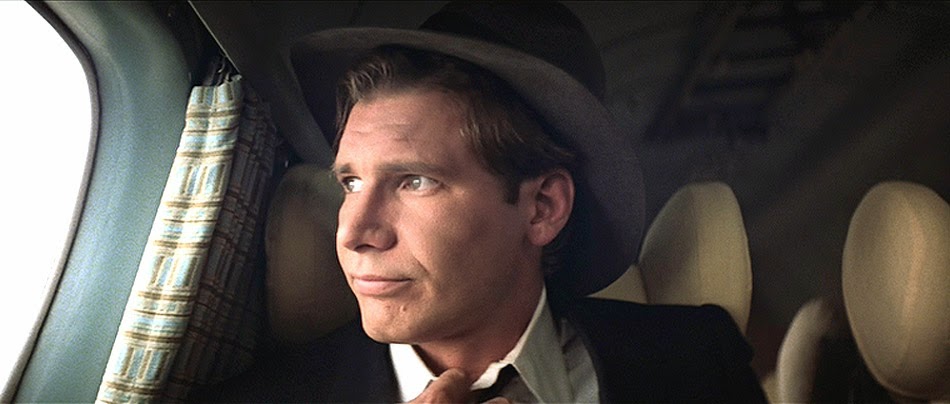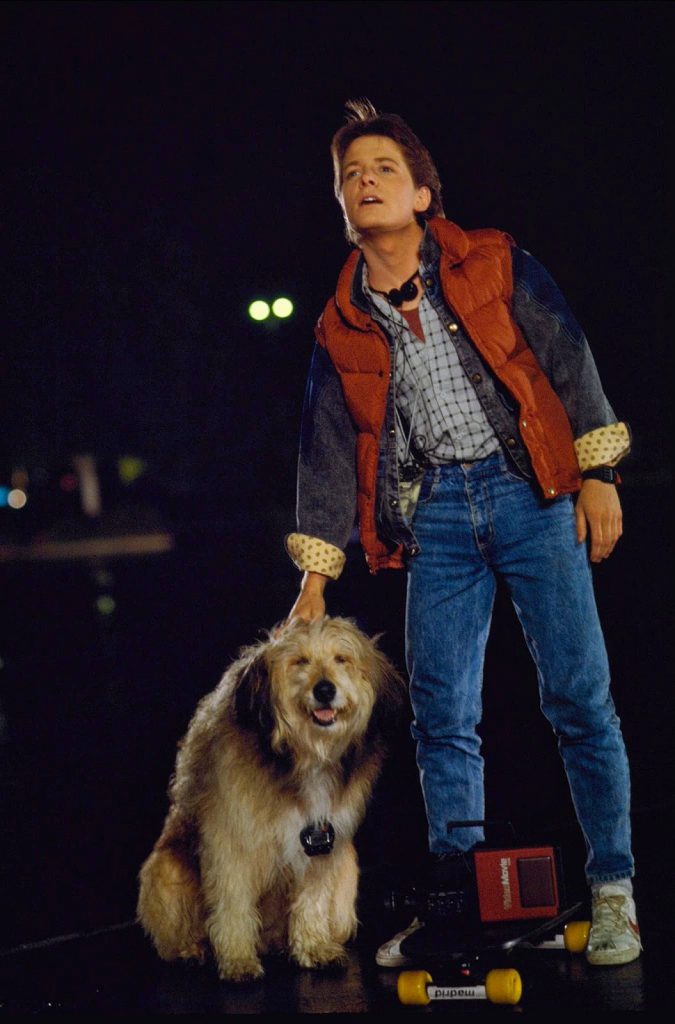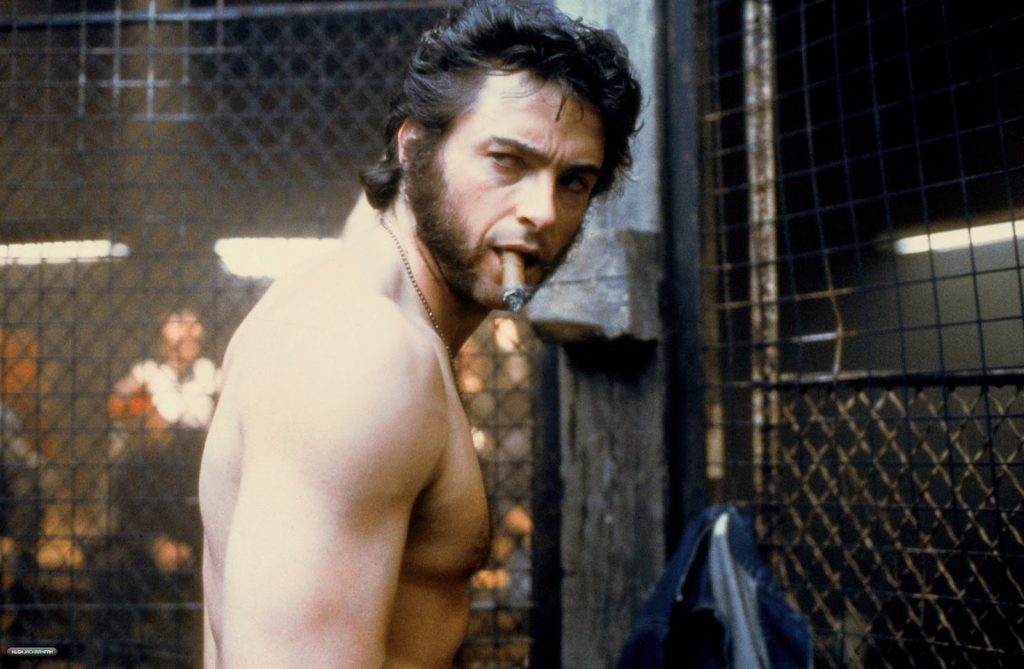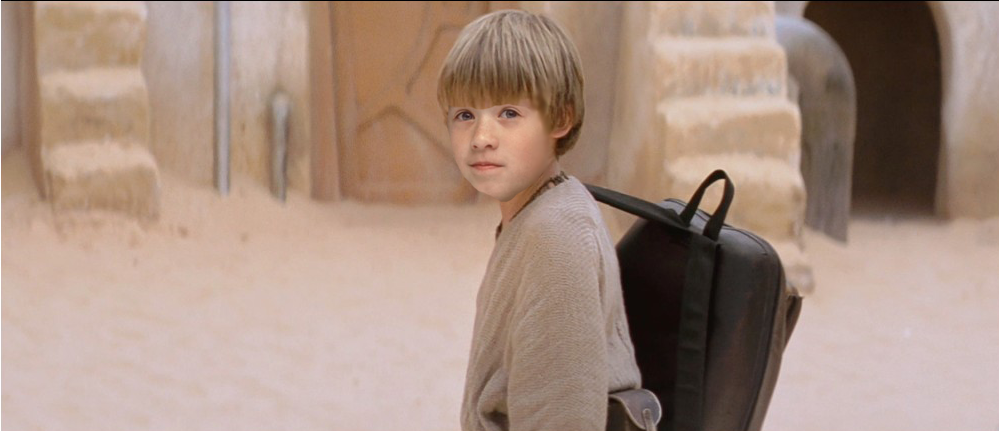The recent tragic deaths of actors Philip Seymour Hoffman and Paul Walker left two successful movie franchises in flux. Hoffman had not yet finished filming his final scenes for Lionsgate’s two-part Hunger Games finale Mockingjay, and Walker was gearing up to start the seventh installment of Universal’s Fast & Furious series.
Writing out their respective characters seemed inconceivable; recasting them and filming from scratch impractical (especially for the nearly completed Hunger Games). The surprising yet somehow inevitable solutions: Lionsgate will use a combination of stunt/voice doubles and CGI to finish Philip Seymour Hoffman’s remaining scenes for The Hunger Games: Mockingjay, and Universal will do the same to completely “resurrect” Paul Walker for his entire role in Fast & Furious 7.
The studios and filmmakers are quick to assure fans and critics that these respective CGI surrogates will honor the late actors’ legacies and be more than mere special effects (and publicity) stunts.
Ever since the wizards behind Terminator 2: Judgment Day, Jurassic Park and Forrest Gump proved that CGI could be photorealistic, the threat that a digital effect might one day fill in for an absent performer has loomed over the industry. I just didn’t see this happening so soon.
There are more examples of this fledgling technology than you may think, beginning all the way back in 1994 when the likeness of the late Brandon Lee was artificially grafted onto a body double for a few moments in The Crow. A few years later, the visage of Kate Winslet was pasted (sloppily) over the face of a running stuntwoman during the climax of Titanic.
More recently, Brad Pitt convincingly aged backwards in The Curious Case of Benjamin Button, a youthful but obviously fake Arnold Schwarzenegger cyborg was digitally inserted into the Skynet sequence at the end of Terminator: Salvation, and actor Armie Hammer was artificially doubled so he could portray both Winklevoss twins in The Social Network.
Brief facial replacement can also be spotted during the jet-pack alley fight in Minority Report, in Ridley Scott’s final cut of Blade Runner, before James Bond’s waterfall plunge in Skyfall, and throughout Count Dooku’s impossibly aerobic lightsaber duel in Revenge of the Sith.
All of these examples are imperfect and eagle-eyed viewers can spot the telltale seams of digital manipulation, but the makers of The Hunger Games and Fast & Furious are apparently confident enough to take this scary technology to the next level by digitally concocting a full-on performance to replace a deceased actor.
Assuming the departed actors’ estates have signed off, this could open the door to, say, a legitimate continuation of Casablanca reuniting the ghosts of Humphrey Bogart, Ingrid Bergman and Claude Rains; a better sequel to The Wizard of Oz with Judy Garland as Dorothy and Margaret Hamilton as the Wicked Witch; a plethora of new Elvis Presley musicals; even a Beatles or Monty Python movie reunion.
But why wait for death?
This technology could just as easily be deployed to render aging but still very-much-alive actors youthful, all the better to crank out endless installments of our favorite sagas, with heroes that never grow old or die. Just imagine the possibilities:
Indy Lives Forever
Utilizing motion-capture technology, Disney (which now owns LucasFilm) can churn out limitless Indiana Jones adventures starring an eternally young Harrison Ford. First up could be a tale of an aging Indy discovering the Fountain of Youth. The final scene would reveal a scruffy but fresh-faced Doctor Jones emerging from the pool as if he’d stepped right out of the original Raiders of the Lost Ark in 1981. Any given sequence of Steven Spielberg’s motion-capture animation picture Tintin is so convincingly lifelike I frequently forgot I was watching a “cartoon,” so this isn’t too much of a stretch to conceive.
Back to the Future 4 (and beyond)
Speaking of motion-capture, director Robert Zemeckis has made a veritable subgenre of “mo-cap” animation that has gotten progressively more photorealistic (The Polar Express, Beowulf, A Christmas Carol) and so he could seriously consider making more Back to the Future movies starring Michael J. Fox as an ever-youthful Marty McFly.
Cry Wolverine
After the snore-fest that was last summer’s The Wolverine, I can hardly believe Fox is making a third solo Wolverine movie. Counting full-on roles and cameos, it will mark the eighth stint for Hugh Jackman as the clawed anti-hero (ninth if the follow-up to this summer’s X-Men: Days of Future Past, tentatively dubbed X-Men: Apocalypse, comes out before Wolverine 3). Though Jackman seems to be aging as slowly in real life as his onscreen alter ego, motion-capture CGI effects could preserve our favorite ill-tempered mutant forever and ever.
But why stop there? This technology could just as easily be deployed to retrofit existing movies.
Just for kicks and giggles, the producers of the James Bond series could insert a 1960s-era Sean Connery into On Her Majesty’s Secret Service for the end-all be-all of 007 adventures. While they’re at it, they could spruce-up those laughably shoddy rear-projection effects.
Francis Ford Coppola could seriously consider fixing The Godfather, Part III by replacing his daughter Sofia with Winona Ryder as Mary Corleone (as originally intended). Further, he could recruit Robert Duvall at any cost to return as consiglieri Tom Hagen and jettison George Hamilton’s awkward substitute.
Jodie Foster could be grafted into the Silence of the Lambs sequel Hannibal (no disrespect to Julianne Moore, one of that film’s strongest assets).
The whole Star Wars prequel trilogy could be rejiggered to feature a more convincing Anakin Skywalker. Since Jake Lloyd’s entire performance in The Phantom Menace was stitched together from accidentally decent takes, and Hayden Christensen’s wooden acting in Attack of the Clones and Revenge of the Sith still gives me splinters, the crucial role of young Darth Vader could be replaced by an age-appropriate Haley Joel Osment—his younger Sixth Sense version for Episode I and then aged appropriately a decade plus for Episodes II and III.
If only.




































































































